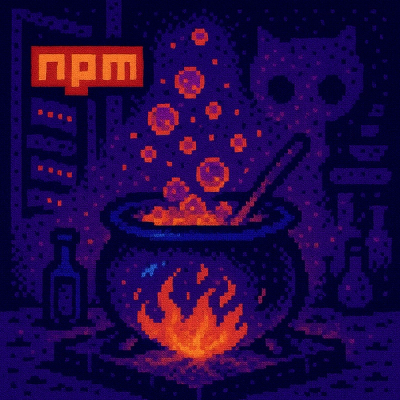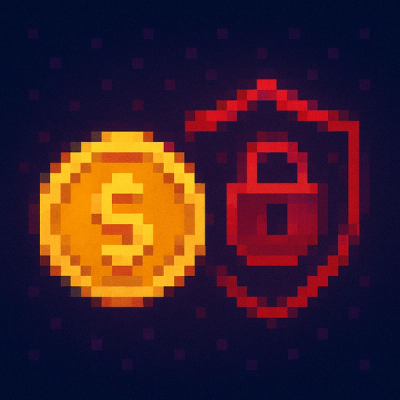
Security News
The Changelog Podcast: Practical Steps to Stay Safe on npm
Learn the essential steps every developer should take to stay secure on npm and reduce exposure to supply chain attacks.
bootstrap-material-design
Advanced tools
bootstrap-material-design provides the Bootstrap-Material-Design web fonts, javascripts and stylesheets as a Rails engine for use with the asset pipeline.
You can check out the demo at this link.
Add this line to your application's Gemfile:
gem 'bootstrap-material-design'
And then execute:
$ bundle
Or install it yourself as:
$ gem install bootstrap-material-design
Make sure you have installed the Bootstrap in your Rails application.
You should include the theme right after the Bootstrap CSS and include the javascript at the end of your document, everything will be converted to Material Design (paper) style.
Just like this:
application.js:
//= require bootstrap-material-design
application.css:
/*
*= require bootstrap-material-design
*/
Then restart your webserver if it was previously running.
That's it, hava fun!
Also you can see more details about bootstrap-material-design at this link or clone my gem in your computer, then run cd bootstrap-material-design/test/dummy_app && bundle && rails s, that just give a demo for you.
git checkout -b my-new-feature)git commit -am 'Add some feature')git push origin my-new-feature)FAQs
Unknown package
We found that bootstrap-material-design demonstrated a not healthy version release cadence and project activity because the last version was released a year ago. It has 1 open source maintainer collaborating on the project.
Did you know?

Socket for GitHub automatically highlights issues in each pull request and monitors the health of all your open source dependencies. Discover the contents of your packages and block harmful activity before you install or update your dependencies.

Security News
Learn the essential steps every developer should take to stay secure on npm and reduce exposure to supply chain attacks.

Security News
Experts push back on new claims about AI-driven ransomware, warning that hype and sponsored research are distorting how the threat is understood.

Security News
Ruby's creator Matz assumes control of RubyGems and Bundler repositories while former maintainers agree to step back and transfer all rights to end the dispute.